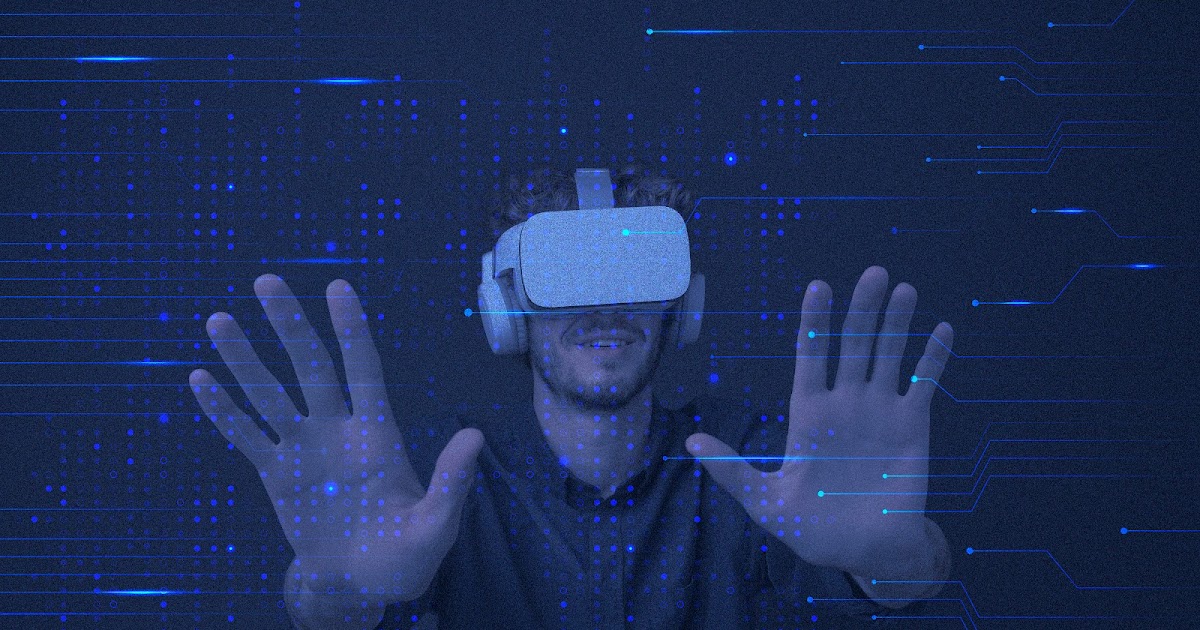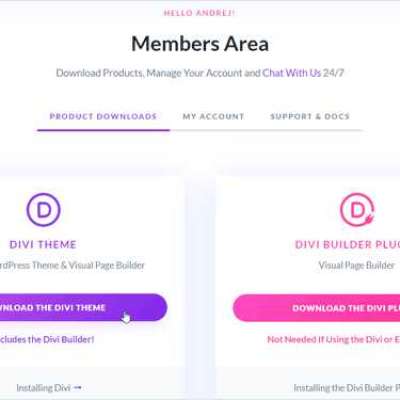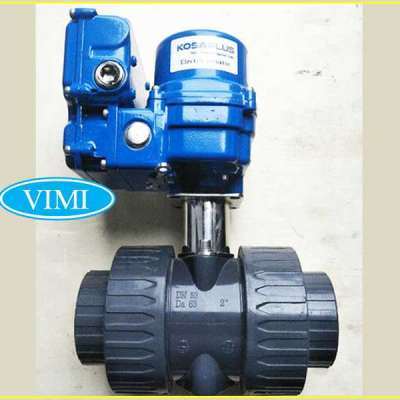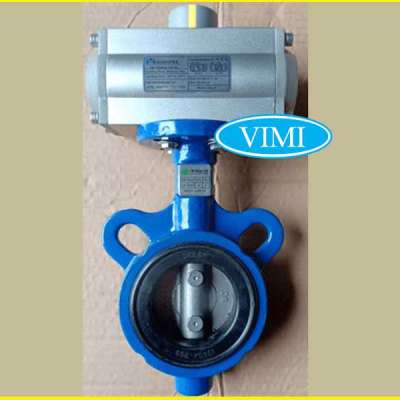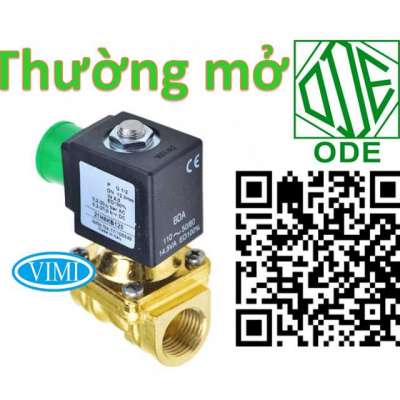Integrating Audio Visual Solutions in Healthcare Settings
Introduction
Healthcare facilities like hospitals and clinics are increasingly adopting cutting-edge audio visual (AV) technologies to enhance patient care and improve communication between staff. Integrating the right AV solutions can help streamline workflows, facilitate remote care, and provide a better experience for patients and families. In this blog post, we will explore how AV technologies are being used across different areas of healthcare and the benefits they provide.
Patient Experience
One of the primary areas that sees integration of AV solutions is the patient experience. Technologies like interactive digital signage, in-room entertainment, and virtual consultations can make a hospital stay less stressful for patients.
Interactive Digital Signage
Interactive digital signage screens in waiting areas, patient rooms and other common spaces serve multiple purposes. They can be used to display essential information like schedules, patient education materials, interactive maps and wayfinding tools. This keeps patients informed and engaged during their visit. Some screens also have touch capabilities allowing patients to directly check schedules, order meals or connect with staff.
In-Room Entertainment
In-patient rooms are integrating smart TVs and entertainment options to provide rest, relaxation and pass time for patients. Many systems offer on-demand content like movies, music, games and educational programs. This serves as a welcome distraction from the hospital environment and speed recovery. Some advanced setups integrate remote patient monitoring as well for convenience.
Virtual Consultations
Telemedicine is enhancing the patient experience through virtual consultations via video conferencing tools. Patients can consult with doctors and specialists remotely for non-critical cases. This saves travel time and effort. It also allows loved ones to virtually attend appointments and stay engaged in care from any location.
Staff Communication and Collaboration
AV technologies are also improving communication between healthcare staff across departments and locations. This leads to better collaboration and coordination of care.
Video Conferencing
Video conferencing solutions like large format displays in meeting/consultation rooms facilitate virtual or hybrid meetings between multidisciplinary care teams. Doctors, nurses, therapists and other stakeholders can come together privately to discuss cases without needing to be physically present. This improves consultation efficiency.
Digital Signage Networks
Networks of digital signage displays in staff areas like break rooms, corridors and operating rooms help share essential information quickly. For example, ER staff can get instant updates on bed availability or procedure schedules on the go. Department managers use them to share messages, announcements and educational content as well.
Telehealth Stations
Dedicated telehealth stations equipped with integrated audio-video technologies allow remote patient monitoring, virtual rounds and consults between on-site and off-site care teams. This expands the reach of specialist care to underserved communities.
Operating Rooms and Diagnostics
Surgical suites and diagnostic centers heavily utilize AV technologies for enhanced precision and collaboration.
Audio-Visual Integration in Operating Rooms
State-of-the-art ORs integrate large format displays, specialty cameras, microphones and multimedia systems to support minimally invasive surgeries. Surgeons can view high-definition endoscopic feed, patient scans and other critical information simultaneously for accurate procedures. Team members can observe surgeries remotely for mentoring or consulting purposes.
Multimedia Diagnostics
Diagnostic centers use wall-mounted multimedia systems, medical grade displays and integrated cameras to present multidimensional patient data digitally. Radiologists can analyze CT scans, MRIs, ultrasounds and other tests in high resolution on multiple split-screen workstations simultaneously for accurate diagnosis. Recordings facilitate second opinions and training.
Education and Training
Healthcare organizations are leveraging immersive AV technologies like simulation, augmented/virtual reality and eLearning for effective education and skills training of staff.
Simulation Centers
Medical simulation centers deploy interactive multimedia platforms, high-fidelity manikins and integrated sensors to simulate real-world clinical situations and environments. Trainees practice procedures, examine "virtual patients" and handle emergency scenarios safely to enhance competencies before interacting with real patients.
Immersive Training
Applications of AR, VR and 360-degree content provide immersive training experiences through simulated environments. For example, nurse trainees can experience an entire ICU setup, familiarizing with equipment virtually before handling them on the floor. Complex surgeries or intricate procedures can be demonstrated in a risk-free virtual setting to aid comprehension.
eLearning and Remote Education
Integrating audio-visual technologies like video conferencing tools and multimedia content into online learning management systems expands the reach of continuing medical education programs. Busy physicians and nurses can conveniently upgrade skills through virtual/digital self-paced courses on smartphones and laptops.
Data Security and Compliance
With digitization of patient data, integration of any new AV solution requires compliance with strict industry regulations and standards regarding data security, privacy and HIPAA guidelines. Healthcare IT teams perform extensive validation and vetting of all technologies to ensure security, restrict unauthorized access and maintain integrity of sensitive patient information. End-to-end encryption, two-factor authentication, access controls and activity logs are some of the protocols enforced while deploying audio-visual infrastructure.
Conclusion
In conclusion, well-planned integration of appropriate audio-visual technologies positively transforms the healthcare experience for both patients and staff. It enhances collaboration, streamlines workflows, facilitates learning and boosts the overall efficiency and quality of care delivery. As digital innovations evolve rapidly, healthcare facilities must carefully evaluate solutions to maximize benefits while ensuring security, privacy and regulatory compliance. Proper assessment and execution are crucial to fully leverage AV technologies for improving healthcare outcomes.
Read More Here:- https://avtweeps.blogspot.com/....2024/02/How-Audio-Vi
Beğen
Yorum Yap
Paylaş

